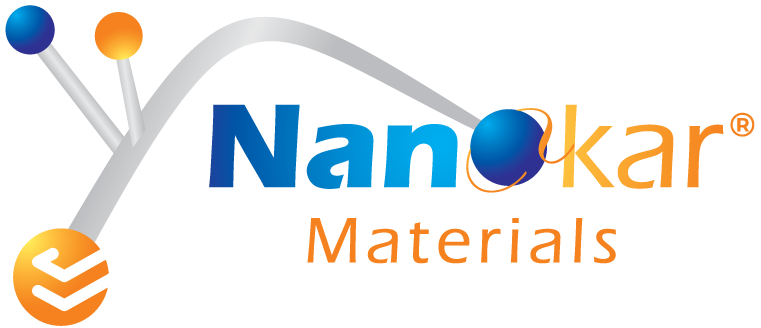What is Titanium Dioxide (TiO₂) Dispersion in PGMEA or PGME?
Titanium Dioxide (TiO₂) Dispersion in PGMEA (Propylene Glycol Methyl Ether Acetate) or PGME (Propylene Glycol Methyl Ether) is a stable, well-dispersed formulation of TiO₂ nanoparticles in a solvent system designed for high-performance coatings, electronics, and advanced material applications. This dispersion enhances optical, photocatalytic, and electronic properties, making it suitable for photoresists, semiconductor processing, and UV-blocking coatings.
Chemical Properties and CAS Number
- Material: Titanium Dioxide (TiO₂)
- CAS Number (TiO₂): 13463-67-7
- CAS Number (PGMEA): 108-65-6
- CAS Number (PGME): 107-98-2
- Molecular Weight: 79.87 g/mol
- Density: 3.9 – 4.2 g/cm³ (TiO₂)
- Particle Size: 10 – 100 nm (varies by formulation)
- Solvent System: PGMEA or PGME
- Surface Area: 50 – 300 m²/g
- Appearance: White, milky dispersion
- Purity: ≥ 99% (available in high-purity grades)
- Viscosity: Varies depending on concentration and solvent ratio
Applications of Titanium Dioxide (TiO₂) Dispersion in PGMEA or PGME
1. Photolithography & Semiconductor Industry
- Used in photoresists and etching applications for semiconductor manufacturing.
- Essential for advanced lithographic patterning in microelectronics.
- Enhances UV sensitivity and resolution in photomasks.
2. Optical Coatings & UV Protection
- Applied in UV-blocking films, anti-reflective coatings, and transparent electronics.
- Used in sunscreen formulations and protective coatings.
- Provides high refractive index for optical enhancement.
3. Advanced Ceramics & Functional Materials
- Utilized in high-performance ceramic coatings for mechanical and thermal stability.
- Integrated into dielectric and capacitor materials.
- Enhances chemical resistance and thermal insulation.
4. Catalysis & Photocatalytic Applications
- Serves as an efficient photocatalyst for environmental remediation.
- Used in self-cleaning coatings, air purification, and water treatment applications.
- Supports solar energy harvesting and hydrogen generation.
5. High-Performance Paints & Coatings
- Applied in nano-coatings for anti-corrosion, hydrophobic, and self-cleaning properties.
- Used in architectural coatings, automotive finishes, and aerospace materials.
- Enhances durability and weather resistance.
6. Energy Storage & Battery Applications
- Explored for Li-ion battery electrodes and supercapacitors.
- Enhances electrode conductivity and charge retention.
Pricing of Titanium Dioxide (TiO₂) Dispersion in PGMEA or PGME
Pricing varies based on purity, concentration, and bulk order quantity:
- Standard Purity (≥ 99%): $80 – $250 per liter
- High Purity (≥ 99.9%): $400 – $1,200 per liter
- Ultra-High Purity (≥ 99.99%): $2,000 – $5,000 per kg
- Bulk Orders (Industrial Applications): $5,000 – $50,000 per metric ton
Factors Influencing Pricing
- TiO₂ Purity & Particle Size (Smaller particle sizes = Higher cost)
- Dispersion Solvent (PGMEA vs. PGME, solvent purity level)
- Stabilization Additives (Functionalized dispersions for specific applications)
- Order Volume & Customization (Customized solutions for different industries)
- Production Method (Hydrothermal, sol-gel, chemical vapor deposition, etc.)
Conclusion
Titanium Dioxide (TiO₂) Dispersion in PGMEA or PGME is a crucial material for semiconductors, optics, coatings, energy storage, and environmental applications. Its high refractive index, photocatalytic efficiency, and nano-scale dispersion make it an essential material for advanced technologies.
